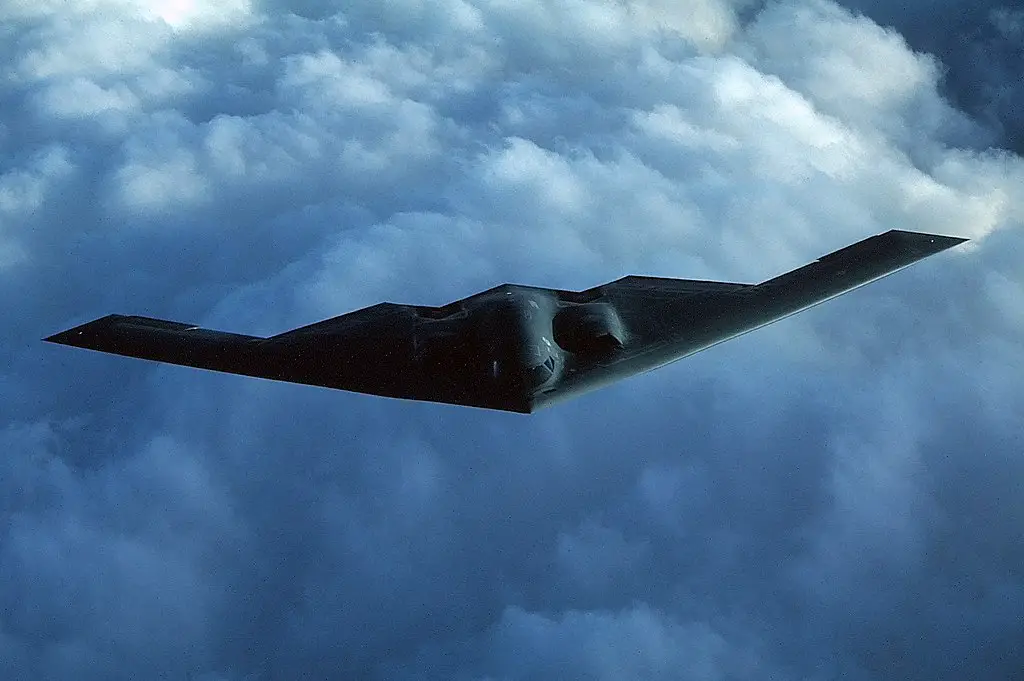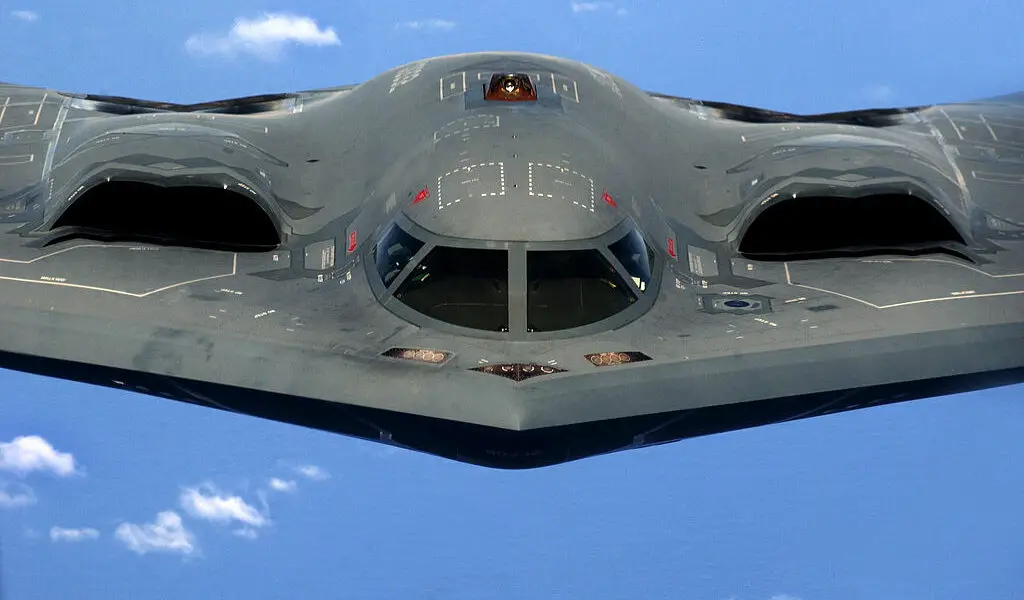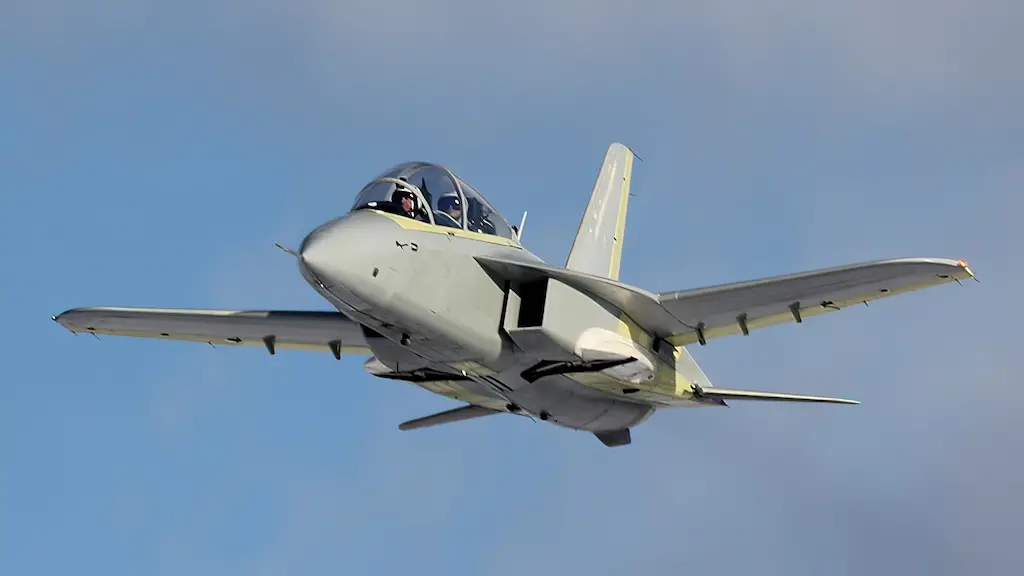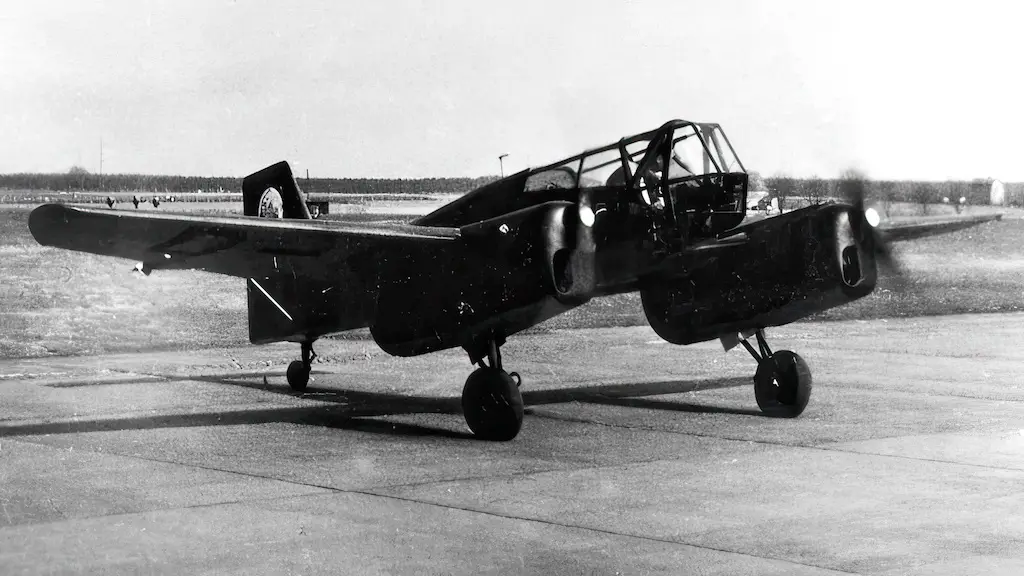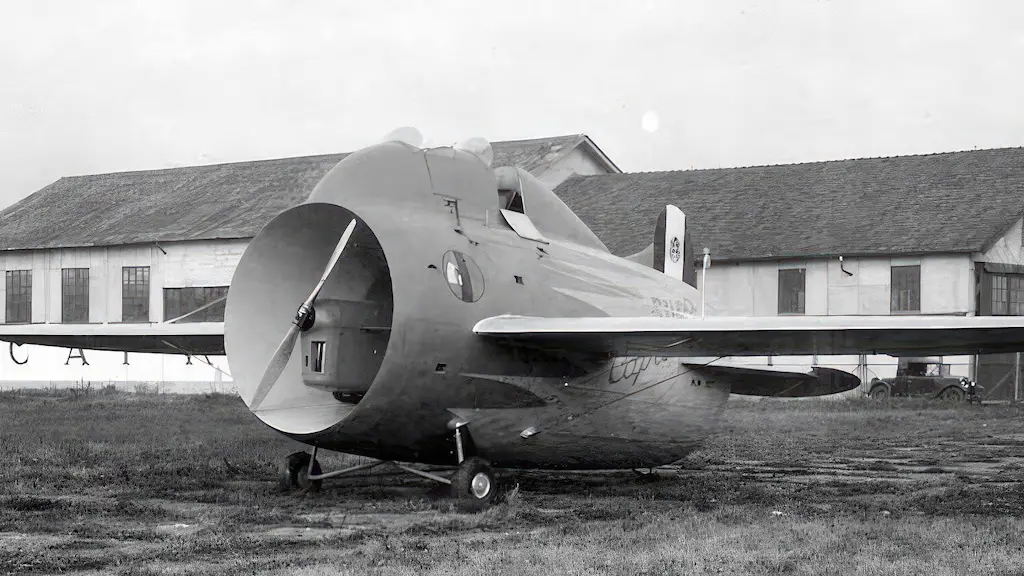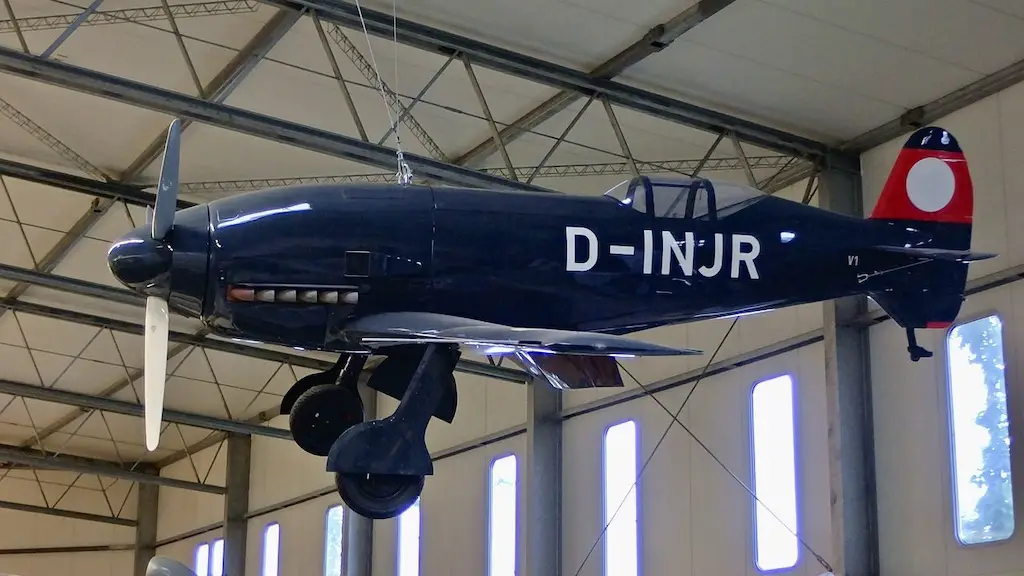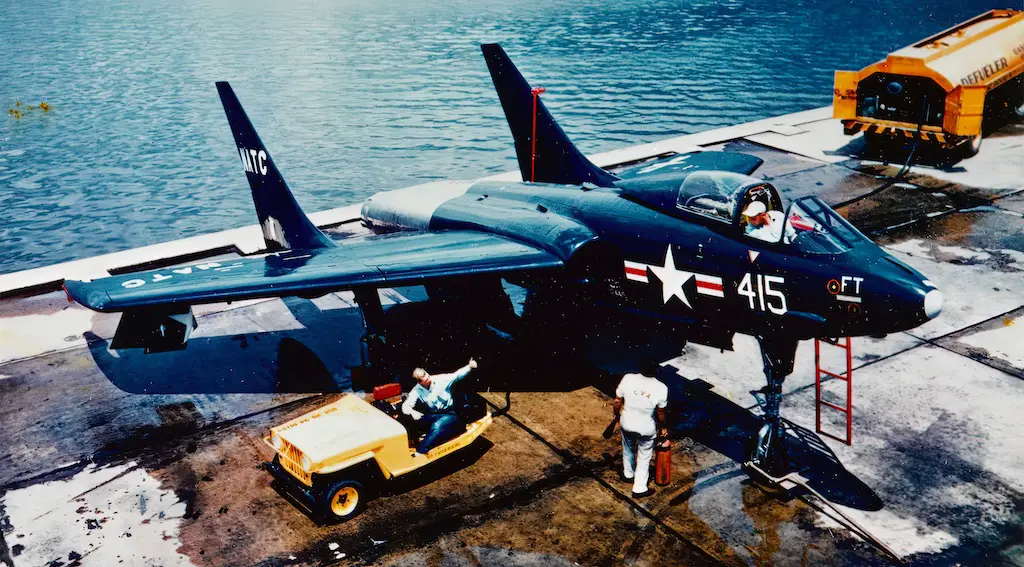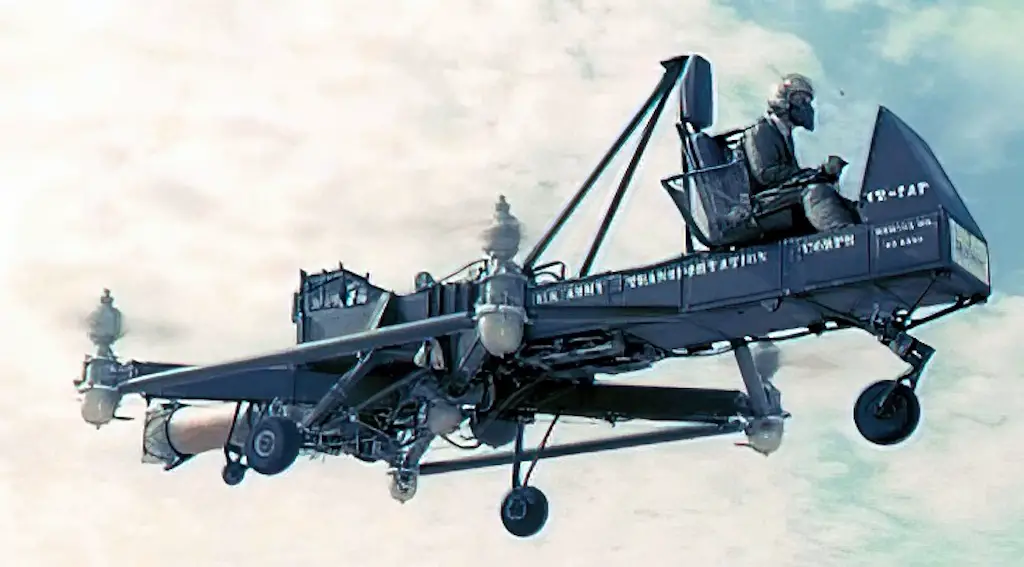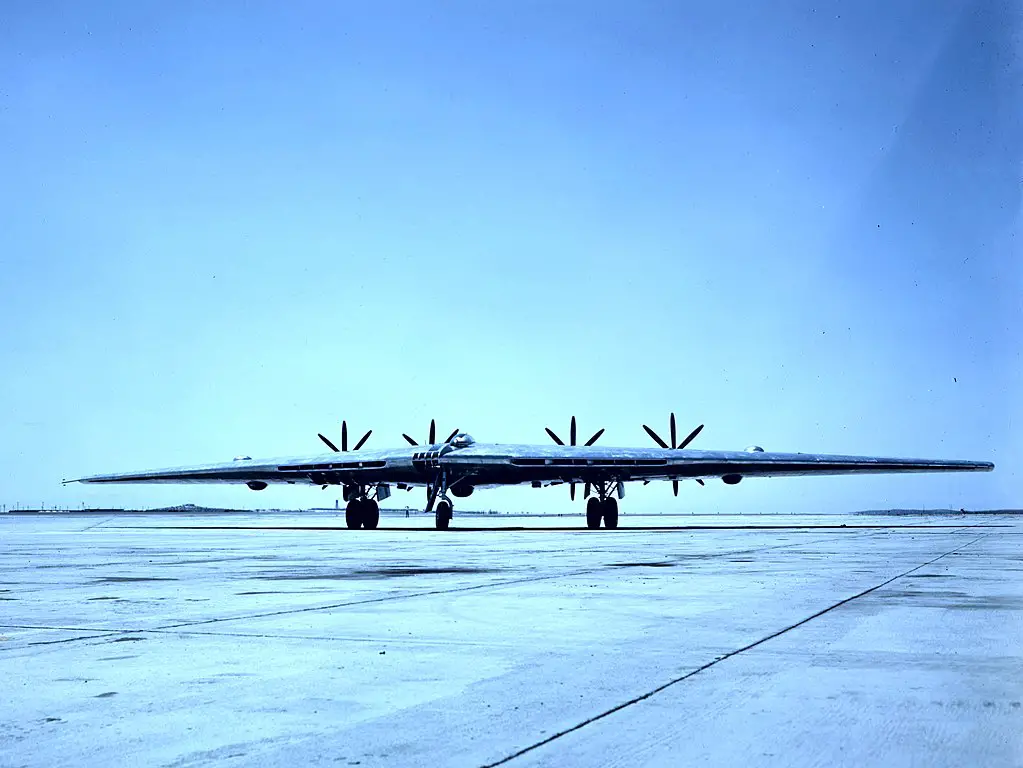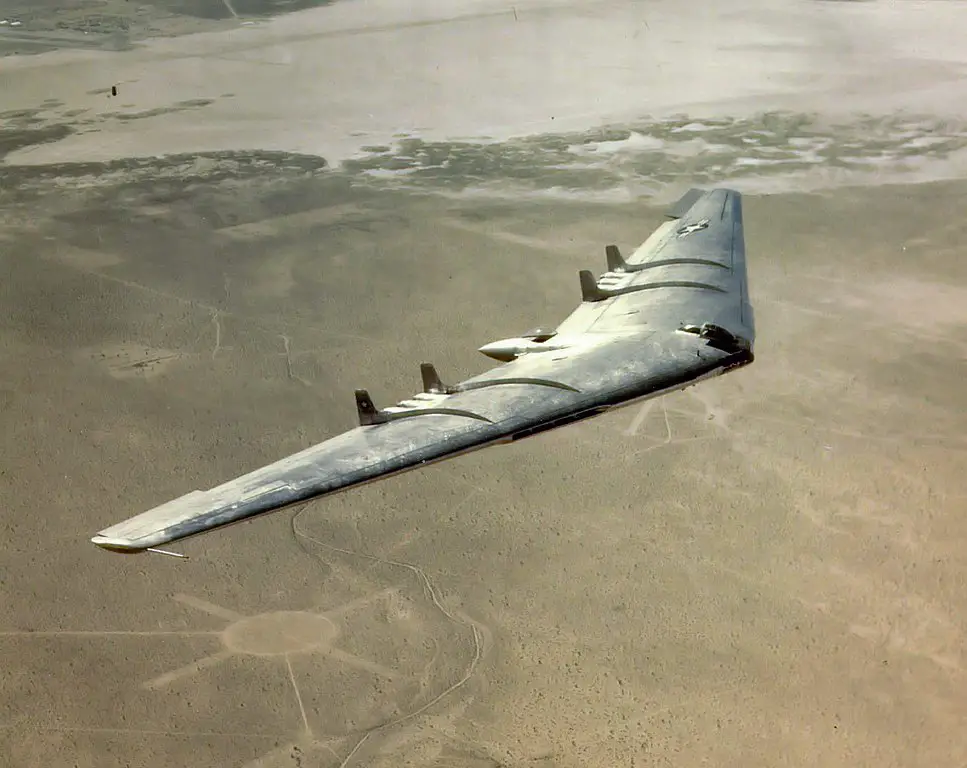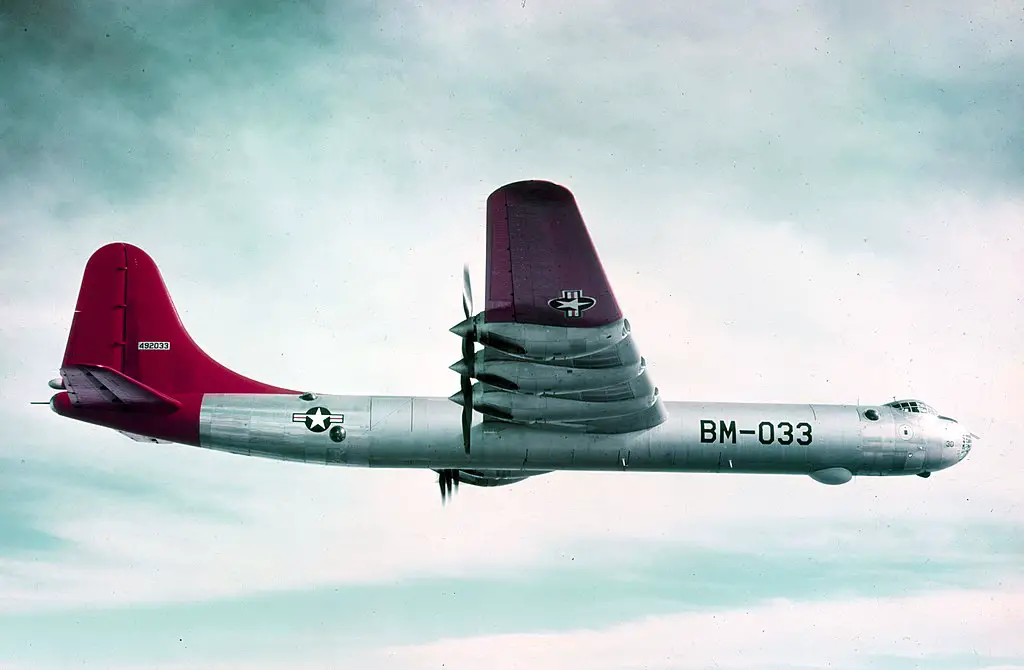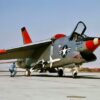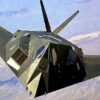The flying wing design is mostly associated with US bomber aircraft employing stealth technology, Lockheed F-117 Nighthawk and Northrop B-2 Spirit, designed in the 1980s. However, flying wing concepts looking quite similar to these emerged decades earlier. Back then flying wing design proposals were driven not so much by aspiration to make an aircraft invisible to radars — that technology was not such a big threat yet — as by considerations related to aerodynamics. A fuselage and a tail provide stability in flight, but they also create drag, which reduces an airframes aerodynamic efficiency.
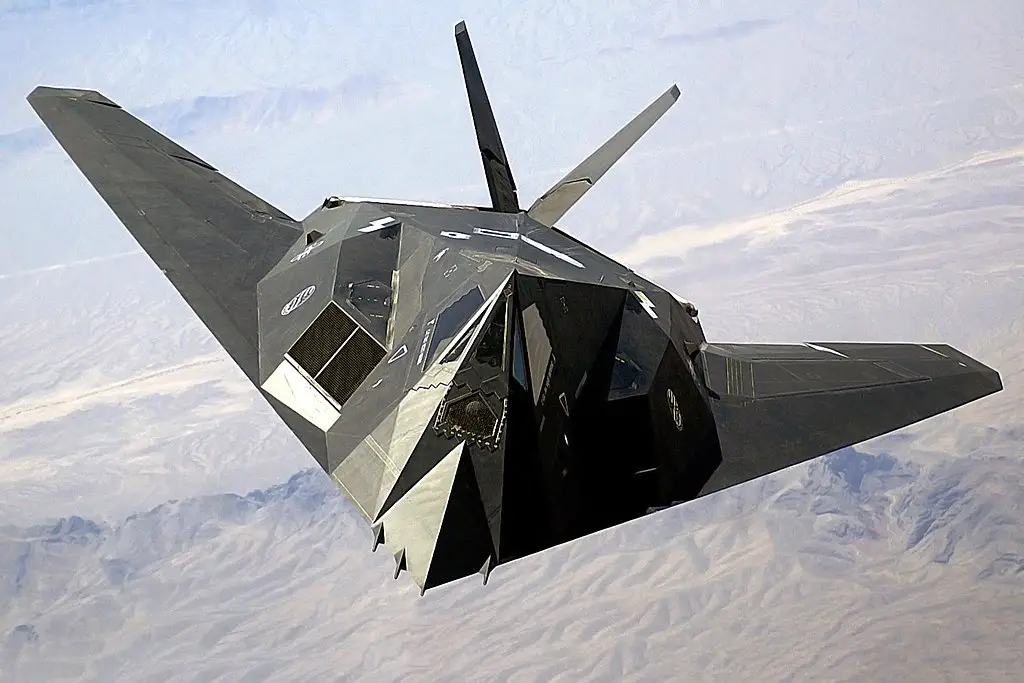
Northrop’s designers started developing flying wing in late 1930s. They first created a couple of smaller versions, N-1M and N-9M aircraft. After those proved that the idea was generally feasible, the work on the B-35, a large bomber employing the flying wing design, began in earnest. Some five years later, in 1946, that futuristic aircraft actually rose into the air. This behemoth had a wingspan of 172 ft, wing area of almost 4,000 sq. ft., and was powered by four large pusher engines with contra-rotating propellers. All of its controls were placed on the huge wings, there were ‘elevons’ acting as both ailerons and elevators, and flaps performing the functions of a rudder.
A total of 15 airframes were built, two XB-35 prototypes and 13 pre-production vehicles with YB-35 designation. Many of them remained unfinished and only one of YB-35s ever became airborne. As USAF became increasingly interested in jet-powered aircraft, some airframes were converted into jets, getting 8 Allison J35 turbojet engines. These were named YB-49.
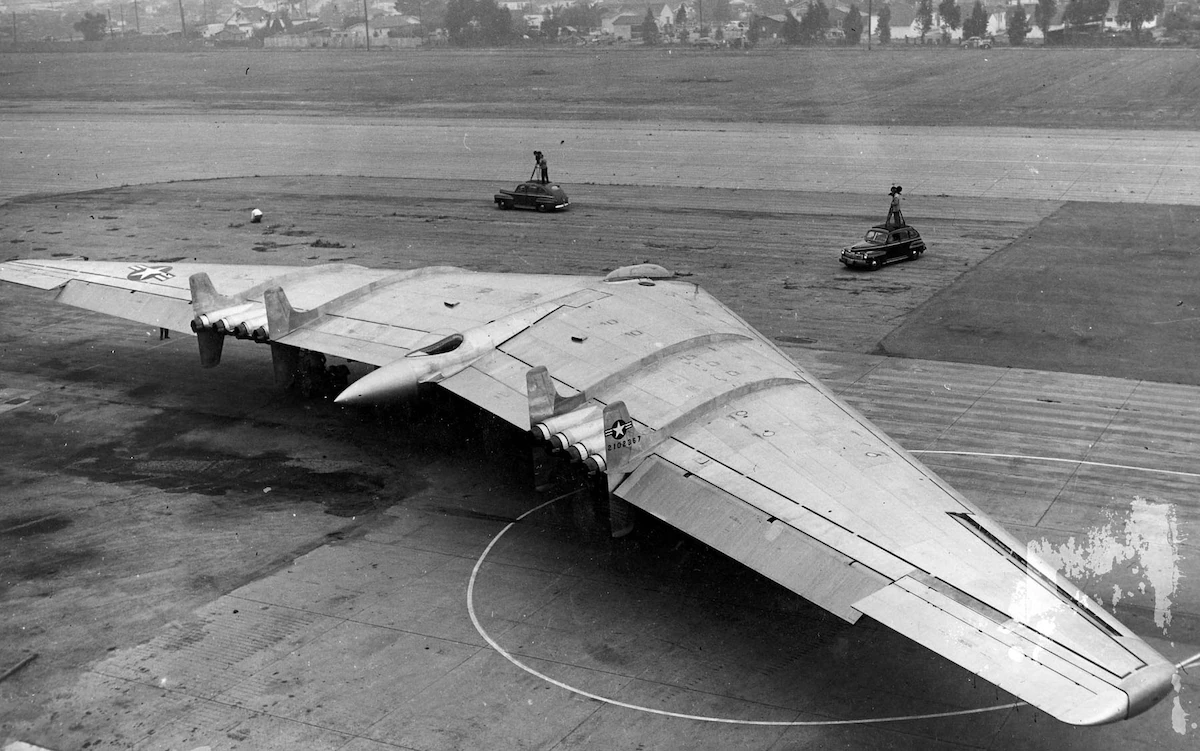
Overall, B-35 was not a very successful project. Despite lots of effort and money (400% of the initially allocated funds) spent on this aircraft, including five different engines designed specifically for it, B-35 retained an array of serious problems, including a very limited center of gravity range and marginal longitudinal stability. It was a flawed and, quite simply, unsafe aircraft.
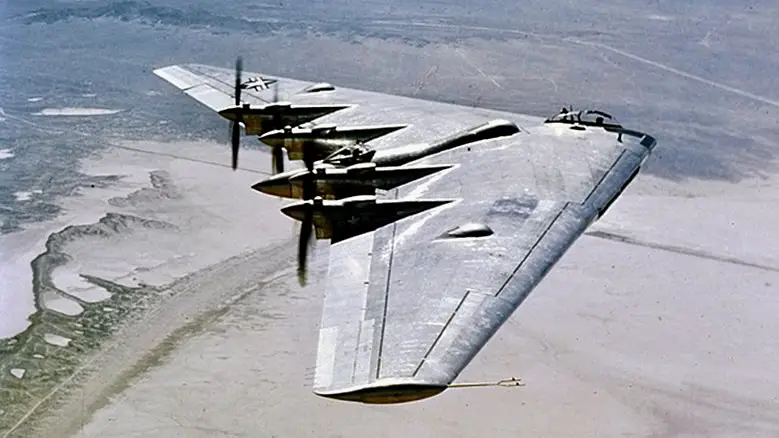
One YB-49 crashed in 1948 killing its crew. Besides, its closest competitor, Convair B-36 Peacemaker had shown much better performance and was already entering service. Soon the project was abandoned, and B-35 prototypes scrapped. Technology necessary for realization of this brave project just wasn’t there yet. Over four decades passed before Northrop’s flying wing concept, embodied in the B-2 Spirit, was introduced into USAF service.
